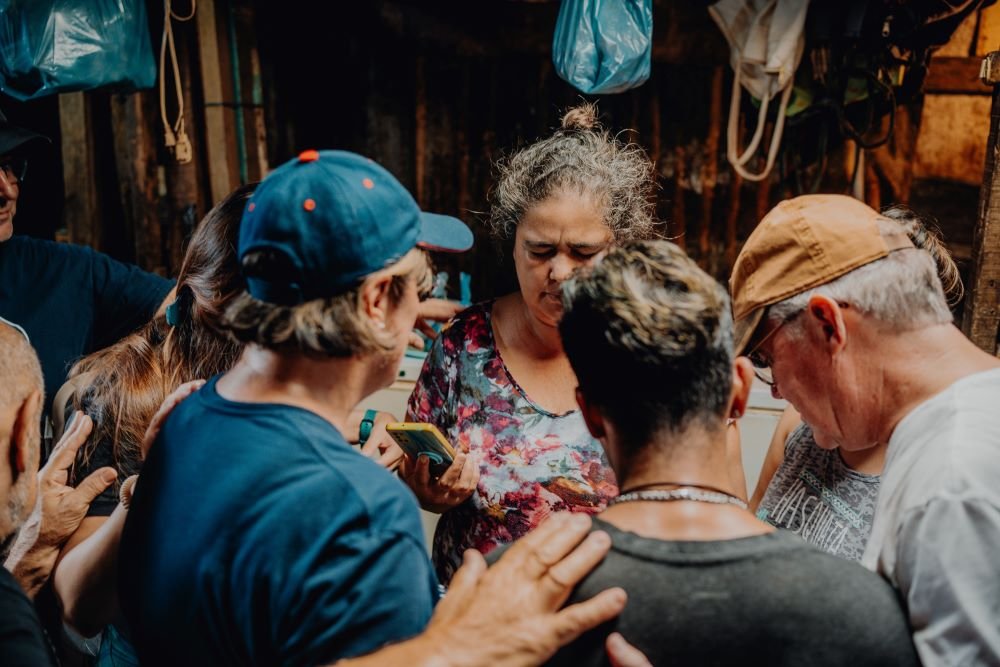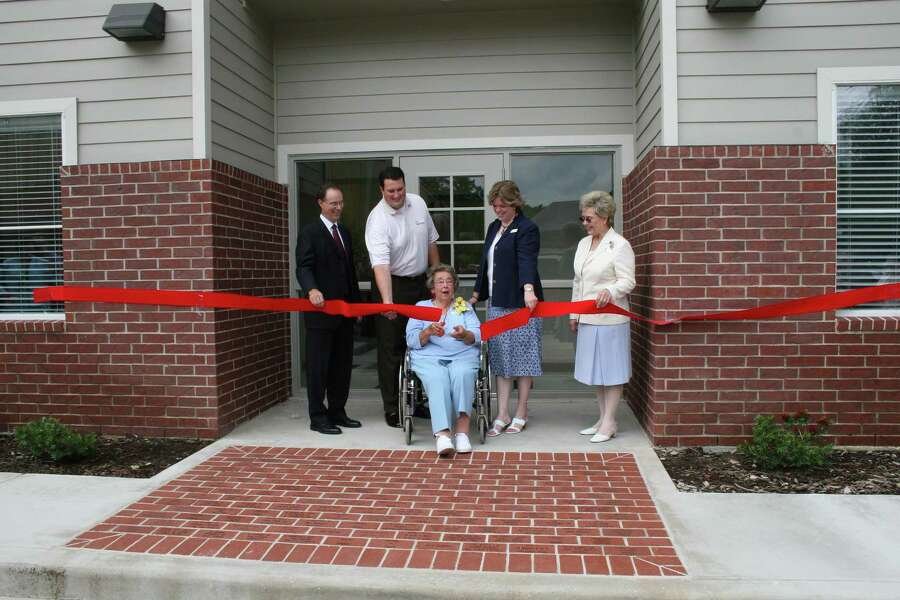Three Trends in Missions Today that Excite Me
I received an email from a good friend the other day asking me what I thought were some exciting trends in the world of missions right now. It was a great question, so I wanted to share my answers with you. Now, if you are a missions strategist, a missions professor, or work for a missions agency, these trends may be old hat to you. However, for the rest of us out there, I think these are evidences that God is on the move, about his mission of claiming for himself a people from all nations, and is doing so in some neat ways through Christ’s church.
1. Diaspora Missions as a Church-based Missions Strategy
Diaspora missions is the fancy term for working with people groups when they migrate somewhere other than their home. So, this is engaging unreached people groups in the US, for example. Of course, I am biased on this one, because it is what we do with the Peoples Next Door Project. In fact, it is what this website is all about!
Nevertheless, the rise of both awareness and activity concerning unreached peoples in the United States is one of the most exciting trends in missions today. Only a few years ago, it was common for the reality of unreached peoples in North America to never cross the mind of an average church member. That is a far smaller number today. In fact, it seems more and more missions agencies and local churches are talking about the changing face of America and the need to reach the growing number of international peoples who are coming here from areas with little gospel access. In fact, if this interest you, you should attend the upcoming conference on the issue: Reaching the Nations in North America.
Of course, various strategies are being developed, but I think local church-based strategies stand out among them as the most important. The old “find a guy and resource him” strategy is not the leading edge of this work. Instead, training and equipping local churches to discover and engage people groups around them with simple, reproducible church planting strategies seems to be the better road. Of course, there will always be places for that missions specialist or resourced pastor/planter. However, that model simply does not scale to the size of the problem. It is usually additional instead of multiplicative.
Moving forward, my hope is that we see a focus on local church equipping that (a) gives them a heart for the nations in their own community, (b) empowers them to actually go out and meet these people in a way where they can do cultural acquisition, and (c) gives them simple tools for leading Bible studies that can become church plants.
2. The Rise of “Apostolic” Church Planting Methods in North America
Alongside the above trend is the momentum occurring in favor of “apostolic” methods of church planting in North America. In this model, the planter does not usually become the pastor of the church. Instead, they plant a church, help it move toward health and reproducibility, and then move on to start another. It is called “apostolic” because it is more akin to Paul’s model in the New Testament. This is, of course, different than the planter-pastor model where one or more guys move somewhere to start a church and eventually pastor it. Let me be clear, I do believe there is a place for the more traditional North American Church Planting model and I am excited about the uptick in that as well.
That said, there are some important convictions I believe the apostolic approach brings to the table. First off, the model focuses on reproducibility and multiplication. In other words, this model is not about planting one church and injects conversations about reproduction in from the very beginning. Second, the emphasis is on growth through conversion not transfer. In other words, this model most often starts with a group of unbelievers in an evangelistic Bible study that can become a church. In a lot of instances, the more traditional church plants grow primarily through transfer growth, or existing Christians who switch churches or move into the area. Finally, it shifts the paradigm of mission from a “come and see” model to a “go and tell” model.
Of course, apostolic models will have some hurdles in our context, and that needs to be stated. In the days ahead, I would love to see some good dialogue between advocates of both models so best practices can develop. If you want to know more about this, JD Payne has recently written a book on the issue fittingly titled, Apostolic Church Planting.
3. No Longer “The West to the Rest”
Finally, this last one is nothing new, but it sure does excite me. I have written before about how missions is changing, and this may be the most important way. Since the beginning of the modern missions movement some two hundred years ago, missions has largely been seen as a Western enterprise. In other words, developed nations in the West would send missionaries to developing, unreached nations in the East and South. However, this is no longer the case. Missions is from everywhere to everywhere now.
The US is being supplanted as the number one sender of missionaries, and countries like Brazil, China, South Korea and others are now sending missionary forces around the globe. Missions is no longer “the West to the rest.” When I served in West Africa, I worked with a whole team of Brazilian missionaries. They often made better missionaries then we Americans, too. They took a fraction of the money we used and did more imbedded missions work.
In addition, many of the international peoples that are coming to the US come evangelized. Much to most of the church planting in North America right now is not being done by us. It is being done by groups moving in from the Global South and starting churches for their own people.
The question this raises for us: How do we partner with them, both as they send overseas and as they come here and establish churches? How do we help equip and fan the flame on that without trying to control or manipulate it?
There are many other exciting trends today. I could make this list a lot longer, but if I had to boil it down to three, then these are my picks. What about you? Do you have a missions trend that excites you right now? If so, email us or contact us on Twitter or Facebook.
Keelan Cook is the Associate Director of the Center for Great Commission Studies at Southeastern Baptist Theological Seminary and former Associate Director of UBA. His primary areas of ministry focus include urban missiology, church planting, church revitalization, and unreached people groups.










